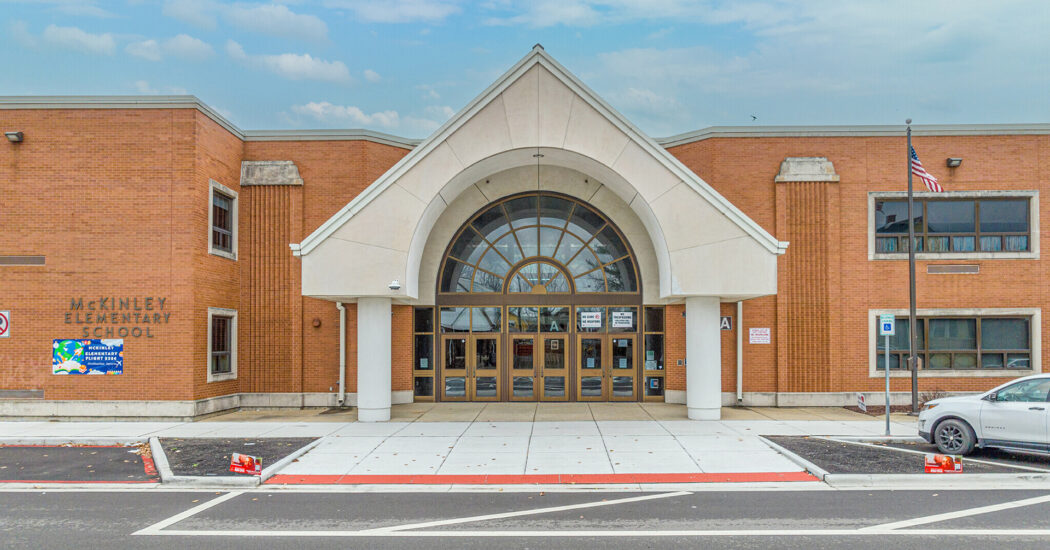Five Tips for Early Childhood Facility Planning, Design and Construction
-
Category
Studio-K12 -
Posted By
Anna Marie Burrell -
Posted On
Feb 16, 2016
Most of us may have a difficult time remembering what it was like to be in preschool, but try to put yourself there for a moment. Everything seems so much bigger than you, your imagination is running freely, and you are actually encouraged to nap in the middle of the day.
It is important to think from 4-year-old’s perspective and consider how they interact with the world around them when planning for an early childhood facility. The following five tips show a few aspects to keep in mind:
- Homey Feel
Creating a learning space that makes the students feel like they are at home is a main component to making them comfortable and confident in the classroom. Using rocking chairs and pillows in a reading time space and even at the front door of a typical classroom helps to make the children feel at ease. The image below of Wayne Township Preschool is a good example of this.

Click here to view more from this album
- Separation and Ease of Use
If the pre-school is part of a facility that includes an elementary or high school, keep in mind that the preschool functions differently than the rest. Constructing a facility that positions the early childhood area near the front entrance is essential because pick-up and drop-off will be separate from the rest of the school because they are on different schedules. Also, designing different recess areas for preschool children makes for a safer playtime.
- Keep it Low
Children at this age are using their senses to learn about their environments. The design should be planned to accommodate for their small stature. Textures on the bottom of the wall for them to explore, windows dropped to floor level for them to look out and shorter countertops they can reach are all essential in making a space practical for an early childhood facility.
- Hard and Soft Balance
Children at this age spend a lot of their time on the ground. Hard surfaces are easy to clean up after creating messy artwork and snack time. Soft surfaces are practical for naptime, playing and reading. Creating a balance between hard and soft surfaces will allow for all the necessary activities within the classroom.
- Utilize Color
Using playful, rich colors within the design on the space can help stimulate learning for the children. According to a study by the University of Kentucky, primary colors, especially red, are preferred during early preschool years. Warmer colors tend to excite brain waves, while cooler colors tend to be more calming. Depending on the type of space, colors should be considered and utilized accordingly.
Future blogs will explore these concepts in more detail.







